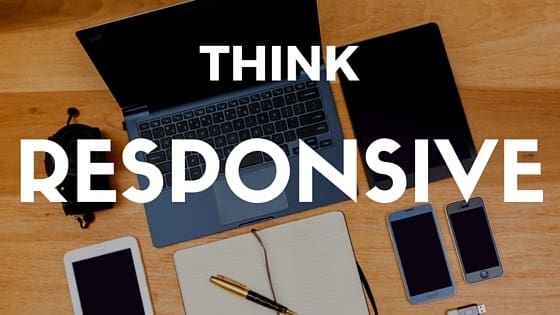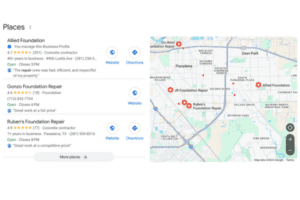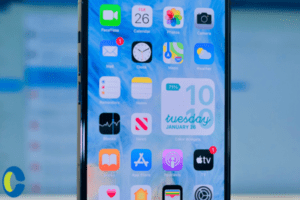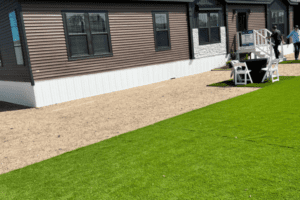You’ve made the decision and are ready to invest in a website redesign or design for your business. First, I would like to say congratulations! I think as technology changes and shifts, website redesigns are very important to growing your business. In this post, I’ll talk about a few things to consider and ensure you ask your web designer prior to beginning the work. I’ll cover a few of the most important points right off the bat.
- Think About SEO (Search Engine Optimization) from the start
- Not Using Responsive Design
- Failing to think like a Human
These points alone are not everything you need to consider, however, understanding and planning with these are a few of the most important.
1) Think About SEO from the start
When you start planning your new website out, the first thing everyone wants is “the look”. While it’s important that your new website is visually appealing and converting, it’s also mutually important that everything “under the hood” is performing well. It would be awful to design a gorgeous brand new website, pay for it and then discover that nobody can find it because things “under the hood” aren’t working correctly.
Thinking about SEO from the start, laying out the groundwork and making a checklist to ensure everything is covered is just as important as picking that gorgeous new header image or perfect font.
2) Not Thinking About Responsive Design


This topic is probably one of the most important items we cover here today. You’ve probably heard the terms mobile friendly, phone friendly, etc. When we talk about responsive design we are not talking about a mobile website. Mobile only websites are a thing of the past. Responsive Design in summary means the website adapts to whatever device someone is viewing your website on. Today, everyone is connected to the web in some form or another. From watches to tablets, phones to computers… each one of these devices has a different screen size. A responsive design allows your website to dynamically adjust to these different screen sizes and display appropriate content to the end user. When it comes to SEO, the biggest advantage of responsive design is only styling changes across devices, therefore it makes it easier for Google and search engines to crawl and retrieve your content. To quote Google:
This improvement in crawling and efficiency can indirectly help Google index more of the site’s contents and keep it appropriately fresh.
3) Failing to think like a human


Another very important point I like to make nearly on a daily basis is to think like a human. Think about how much technology has changed in the past 20 years. As search engines update their software to provide a better experience for the end user it is inevitable that they will continue to evolve in assessing context in the content rather than just content itself. It is already happening folks, and more detail can be found here.
I typically find that people want to overthink SEO. Do I have my keywords? Are they in the right place? Do we have all the H1, H2 tags that I have seen on video? and on and on. If you are using a professional designer, talk to them about this before starting. Ask them what they are planning to incorporate an SEO plan into the design. It’s easier and much more cost effective to do them at the same time.
This topic can be broken up in 2 parts. The first being the website itself and the second being the content you’re going to be publishing to it to keep it fresh, right!?
The first part – You only get an average of 2-3 second to make a first impression. The structure and code of the underlying website is important, but don’t sacrifice the design, quality and message for the search engines. Take your time, make sure the code is good, keywords are on the page, each page talks about a specific topic, the keywords are in the H1 (header). There are a lot of things to remember, yes, but always keep in mind you are building the website for a person.
For the second part, think about it this way – write something and build something for people. After all, they are your audience and they are who you are selling to! If you write this way and then go back over it, I’m willing to bet a keyword that is related to the topic you wrote about is ALREADY in there. For about a 600 word topic, that keyword is probably in there 3-4 times, which is perfect. It’s hard to write about something while in the back of your head you are constantly thinking, “Did I include this keyword in the right place?” Once you are done, if the keyword isn’t in there, it can be easily added.


The future of the web and the presence of your company online is rapidly changing. Ensuring you plan for these changes when developing your new image will help prepare you and your company for growth and visibility.
To your Success!















